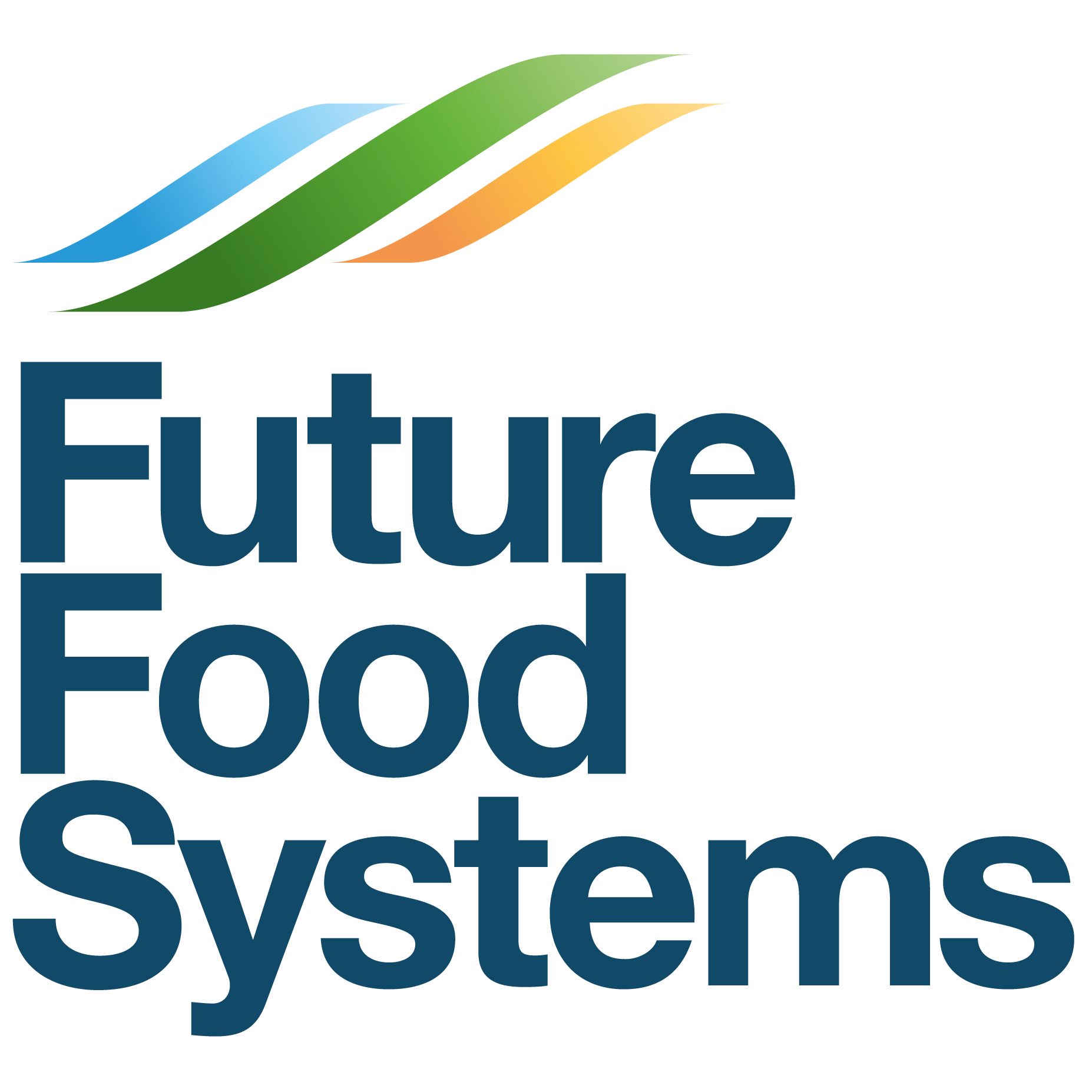| Resource | |
|---|---|
| This report was authored by Maria Veronica Chandra-Hioe with contributions from Merran White. | https://files.futurefoodsystems.com.au/New-product-development.pdf |
| This report reviews current best practices and technology for protected cropping facilities and explores research trends in the sector as first steps towards advancing the technological capabilities of Australia’s indoor horticultural industry and delivering solutions that meet Southern Hemisphere industry-specific needs. | https://files.futurefoodsystems.com.au/P2-006-Next-generation-protected-cropping-facilities.pdf |
| Compiled by the AAEP, with funding from the NSW Office of Environment and Heritage, this 2017 report investigates factors that must be taken into account in any effort to improve cold-chain management in Australia, and explores the deployment of sensor technology, data monitoring and IoT to provide better identification of temperature control issues along the supply chain from packing room to retail shelf – particularly for temperature-sensitive, perishable and high-value goods. Issues of shelf life, spoilage and safety are key concerns. Potential savings are significant. Technology will enable end-to-end traceability and eventually, tools like disposable sensors embedded in product packaging yielding real-time end-to-end temperature readings. | https://www.airah.org.au/Content_Files/Industryresearch/05-17-A2EP_Cold_Chain_Report.pdf |
| This papers compares the stomatal responses of Capsicum plants grown hydroponically under control glass (70% diffuse light) or the smart glass (SG) film ULR-80, which blocked >50% of short-wave radiation and ~9% of photosynthetically active radiation (PAR). | https://www.futurefoodsystems.com.au/wp-content/uploads/2021/07/Zhao-et-al-2021-JXB-smart-glass-stomatal-sensitivity.pdf |
| This paper reviews the studies on advanced greenhouse cover materials with variable light transmittance, the effects of which on leaf photosynthesis, physiology, and yield. It also provides insights into the potential key biological processes of crops responding to these light changes, specifically light receptors, signal transduction, nutrient biosynthesis pathways during fruit development and ripening. | https://www.futurefoodsystems.com.au/wp-content/uploads/2021/07/He-et-al-2021_Article_Light-alteringCoverMaterialsAn.pdf |
| A series of practical, informational videos from Protected Cropping Australia, the main industry body for Australia’s protected cropping operators, large and small. Topics covered include: Layout & Planning, Greenhouse Set-Up, Irrigation, Nutrient Management, Cleaning and Sanitation and Pests & Diseases. | https://protectedcropping.net.au/protected-cropping-toolkit/ |
| An array of useful information for growers from the peak industry body for Australia’s horticulture sector, an estimated 30 per cent of which consists of low-, medium- and high-tech commercial protected-cropping operations that range from major growers to boutique operations located across all states and territories. PC operators grow a broad variety of fruits and vegetables including blueberries, strawberries, rubus (raspberries, blackberries), tomatoes, melons, cucumbers, capsicum, salad (including Asian) greens, herbs, chillies, eggplant and more. | https://www.horticulture.com.au/growers/help-your-business-grow/research-reports-publications-fact-sheets-and-more/ |
| Current technologies and target crops | https://www.futurefoodsystems.com.au/wp-content/uploads/2021/09/P2-004-Protected-cropping.pdf |
| Precise phenotyping for improved quality and protected cropping management | https://www.futurefoodsystems.com.au/wp-content/uploads/2021/09/P2-005-Smart-crop-monitoring.pdf |
| This chapter, part of OECD publication Digital Opportunities for Better Agricultural Policies, published September 2019, details recent advances in digital technologies and analyses key drivers of digitalisation in the agriculture sector. | https://www.oecd-ilibrary.org/sites/367ac383-en/index.html?itemId=/content/component/367ac383-en |
| AgFunder's mid-year review of agrifood-tech investment in 2020 takes the impacts of the COVID-19 pandemic into account. | https://agfunder.com/research/agrifoodtech-2020-midyear-investment-review/ |
| This report from the Food and Agribusiness Growth Centre, FIAL, identifies 19 opportunities that could boost the value-addition capability of Australia's agrifood sector to $200b+ p.a. by 2030. | https://workdrive.zohopublic.com.au/file/qx5769e1e310483ee4389b5d9f6cc55e768fe |
| Light‐limited photosynthesis under energy‐saving film decreases eggplant yield | https://onlinelibrary.wiley.com/action/doSearch?AllField=Light%E2%80%90limited+photosynthesis+under+energy%E2%80%90saving+film+decreases+eggplant+yield |
